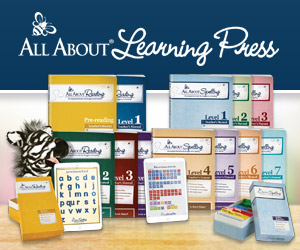Anxiety in Children
Anxiety in children is a global problem in today’s world. In Australia one in every four women and one in eight men suffer from this condition. In 2008 The Australian Bureau of statistics noted out of the 2.5 million Australians aged 16–24 years, more than a quarter (26%) had a 12 month mental disorder, that is, they experienced symptoms of a mental disorder 12 months before the study. There were no statistics related to younger children, but four years following the Bureau’s report, I would imagine that the statistics for all age groups would be a lot higher. I now know that 5 men take their own lives each day in Australia. This is a shocking statistic and requires urgent attention.
There are many complex reasons for the increase in anxiety in children and adults. Tonight I am ignoring the “whys” and instead I want to talk about the symptoms of anxiety in children so that these can be managed before the onset of an anxiety disorder which is harder to eliminate. Then, in a later article, I will follow up with a discussion of the ways we can lessen the physiological impact of anxiety.
In my work as a Guidance Officer/Learning Support Teacher, I am conscious that many children are below expected academic scores due to anxiety. This brings with it a lack of self-esteem and confidence and can lead to further problems if the issues aren’t addressed.
When children enter Prep nothing could possibly crack the shell of the child. They are so excited about coming to school and have never really experienced failure; they have always succeeded at the level that was expected. They know little of the feelings of not being good enough.
As time passes, this preschool confidence can be easily shattered. No one means to contribute to the deterioration of a child’s self- esteem but when a vulnerable child perceives that he is not reaching academic expectations, he harbours feelings of not being good enough. These feelings are caused by what I call, stinking thinking.Teaching kids to read, write and spell www.letterboxlearntoread.com can actually increase some children’s level of stress. Note that not all anxiety in children is unacceptable but high levels of anxiety in children is detrimental.
Teachers and parents who are diligent about monitoring children’s emotional well- being will notice a child’s lack of confidence early and do something about supporting the child. Otherwise, a child can struggle until negative behaviours surface as the inside feelings become overwhelming.
Here are some indicators that you need to look for when children are overly anxious; a lack of emotional energy, procrastination, forgetfulness, disorganisation and distraction. If your child has ADD/ADHD some of these, if not all of these symptoms, may be evident previously BUT when the child is anxious these signs are accentuated.
My advice is take notice of your child’s level of confidence and mood. If you notice a difference in the emotional state of your child, seek advice early before the problem escalates.
.
Ann Foster Ann Foster is a teacher with a unique talent for creating back to basics step by step programs/products and tutoring for students in Australia and overseas. Her programs and products help children, teachers and parents to achieve extraordinary results quickly. Her programs are tried and proven and bring clarity out of chaos.
Ann has been teaching for over 30 years in various roles. she has been working online successfully teaching students and adults for the last four years and has taken children from average results to well above.
Letter Box staff solve problems and put wings onto dreams.



No comments yet.